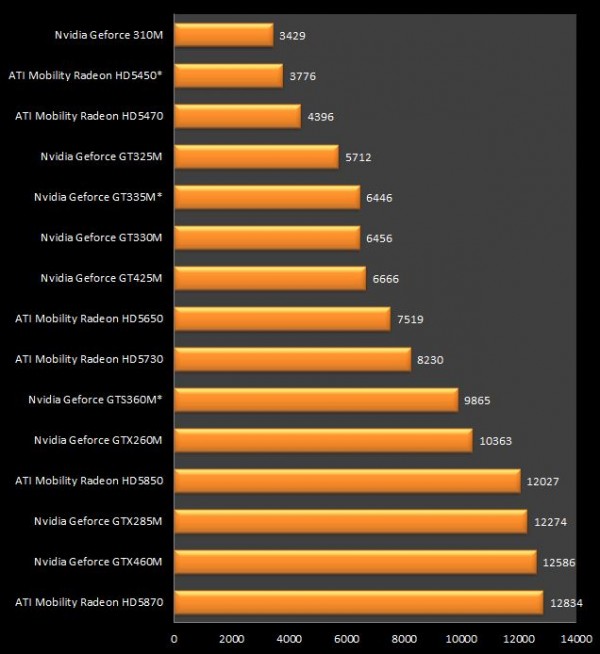

Intel Arc graphics cards include built-in machine learning, graphics acceleration, and ray-tracing hardware with scalable performance options for laptops, desktops, and professional workstations.Ĭreate rich digital content augmented by AI and accelerated by Intel® Deep Link Technology. Uniting fluid gaming experiences with the latest in visual technologies, Intel® Arc™ graphics for desktops enables captivating content immersion. Now, the parallel processing offered by GPUs-along with built-in AI capabilities and advanced acceleration- makes it faster and easier to render video and graphics in higher-definition formats. GPUs for Video Editing and Content Creationįor years, video editors, graphic designers, and other creative professionals have struggled with long rendering times that tied up computing resources and stifled creative flow. With better graphics performance, games can be played at higher resolution, at faster frame rates, or both. GPUs are capable of rendering graphics in both 2D and 3D. With advanced display technologies, such as 4K screens and high refresh rates, along with the rise of virtual reality gaming, demands on graphics processing are growing fast. Video games have become more computationally intensive, with hyperrealistic graphics and vast, complicated in-game worlds. Today’s GPUs are more programmable than ever before, affording them the flexibility to accelerate a broad range of applications that go well beyond traditional graphics rendering. Now, graphics technology is applied more extensively to an increasingly wide set of problems. This realization gave rise to the general purpose GPU era. However, as the 21st century began, computer scientists realized that GPUs had the potential to solve some of the world’s most difficult computing problems.

Two decades ago, GPUs were used primarily to accelerate real-time 3D graphics applications, such as games. Discrete GPUs generally require dedicated cooling for maximum performance. These GPUs add processing power at the cost of additional energy consumption and heat creation. However, for more resource-intensive applications with extensive performance demands, a discrete GPU (sometimes called a dedicated graphics card) is better suited to the job. Many computing applications can run well with integrated GPUs. With Intel® Graphics, users can experience immersive graphics in systems that run cooler and deliver long battery life. Intel® Graphics Technology, which includes Intel® Iris® X e graphics at the forefront of integrated graphics technology.

So, what are integrated graphics and how does it work in your computer? A CPU that comes with a fully integrated GPU on its motherboard allows for thinner and lighter systems, reduced power consumption, and lower system costs. The majority of GPUs on the market are actually integrated graphics. A discrete GPU is a distinct chip that is mounted on its own circuit board and is typically attached to a PCI Express slot. An integrated GPU does not come on its own separate card at all and is instead embedded alongside the CPU. GPUs come in two basic types: integrated and discrete.

This board also includes the raft of components required to both allow the GPU to function and connect to the rest of the system. Much like a motherboard contains a CPU, a graphics card refers to an add-in board that incorporates the GPU. While the terms GPU and graphics card (or video card) are often used interchangeably, there is a subtle distinction between these terms.


 0 kommentar(er)
0 kommentar(er)
